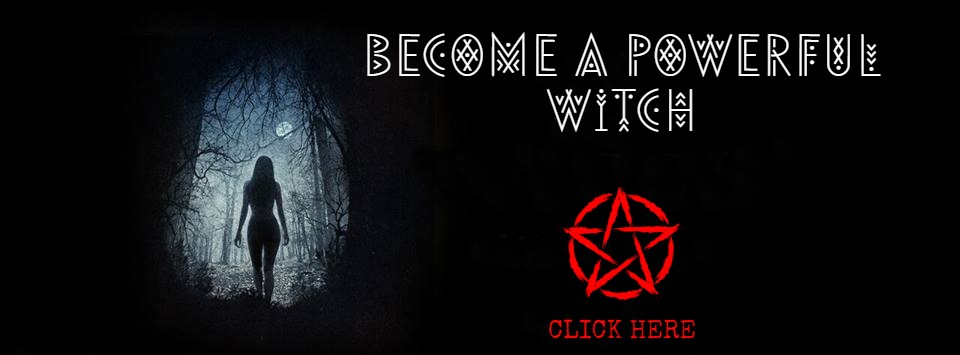hex signs (hexenfoos) round magical signs and symbols used by the Pennsylvania Dutch, primarily to protect against witchcraft but also to effect spells. Hex signs are both amuletic and talismanic (see Amulets; Talismans). Traditionally, hex signs are painted on barns, stables and houses to protect against lightning, ensure fertility and protect animal and human occupants alike from becoming ferhexed, or bewitched.
Hex signs also are painted on cradles, on household goods such as kitchen tools and spoon racks and on wooden or metal disks that can be hung in windows. Each hex sign has a different meaning. Some of the symbols and designs date back to the Bronze Age—such as the swastika or solar wheel, symbol of the Cult of the Sun—and to ancient Crete and mycenae.
The most common designs or symbols, all enclosed in a circle, are stars with five, six or eight points; pentagrams, or Trudenfuss (see Pentacles And Pentagrams); variations of the swastika; and hearts. The six-petaled flower/star, a fertility hex sign, is painted on utensils and tools relating to livestock, especially horses, and on linens, weaver’s tools, mangling boards and other items.
Pomegranates also are used for fertility; oak leaves for male virility; an eagle or rooster with a heart for strength and courage; hearts and tulips for love, faith and a happy marriage. Hex signs are designed for healing, accumulating material goods and money, starting or stopping rain and innumerable other purposes.
A charm or incantation is said as the hex sign is made. Little is known about hex signs, as it is a taboo for the Pennsylvania Dutch to talk about them to outsiders. The custom of hex signs comes from the Old World and was brought from Germany and Switzerland by the German immigrants who settled in Pennsylvania in the 1700s and 1800s.
In the Old Saxon religion, it was custoMary to paint protective symbols on barns and household items. In Germany, tradition calls for hex signs to be placed on the frames of barns, but not on houses; in Switzerland, it is custoMary to place the signs on houses. The Pennsylvania Dutch borrowed both practices.
Among the Pennsylvania Dutch, regional customs developed in style and placement. In the 19th century, hex signs proliferated throughout the Pennsylvania Dutch countryside then diminished along with interest in the folk magical arts. See powwowIng.
SEE ALSO:
FURTHER READING:
- Fandee, Lee r. Strange Experience: The Autobiography of a Hexenmeister. Englewood Cliffs, N.J.: Prentice-Hall, 1971.
- mahr, August C. “Origin and Significance of Pennsylvania Dutch Barn Symbols,” The Ohio State Archaeology and Historical Quarterly, Jan.–mar. 1945.
SOURCE:
The Encyclopedia of Witches, Witchcraft and Wicca – written by Rosemary Ellen Guiley – Copyright © 1989, 1999, 2008 by Visionary Living, Inc.

